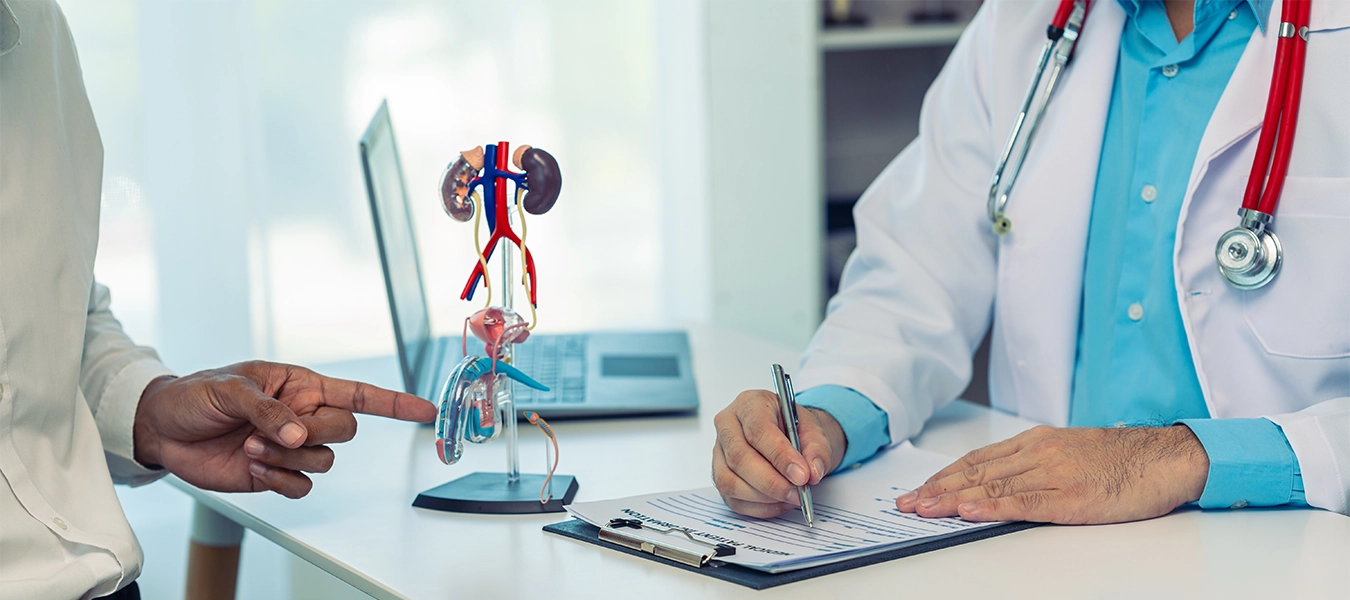The prostate is a small gland located in the pelvis, situated between the bladder and the penis. In older men, this gland can sometimes become swollen, leading to pain and discomfort—a common sign of an enlarged prostate.
The medical term for an enlarged prostate is Benign Prostate Enlargement (BPE). This condition can affect urination but it is not cancerous and typically doesn’t pose a serious health risk.
BPE is common in men over the age of 50. Many worry that having an enlarged prostate increases their risk of prostate cancer, but this is not true. Men with an enlarged prostate are no more likely to develop prostate cancer than those without it.
When the prostate enlarges, it can press against the bladder and urethra (the tube through which urine flows), leading to symptoms such as:
- Difficulty starting to urinate
- A frequent need to urinate
- Trouble completely emptying the bladder
For some men, these symptoms are mild and don’t require treatment. However, for others, the symptoms can be more disruptive and may need medical attention.
Reference:
- Overview-Benign prostate enlargement, available at: https://www.nhs.uk/conditions/prostate-enlargement/, last accessed on 18th December 2024.
- Enlarged Prostate (Benign Prostatic Hyperplasia), available at: https://www.niddk.nih.gov/health-information/urologic-diseases/prostate-problems/enlarged-prostate-benign-prostatic-hyperplasia, last accessed on 18th December 2024.


